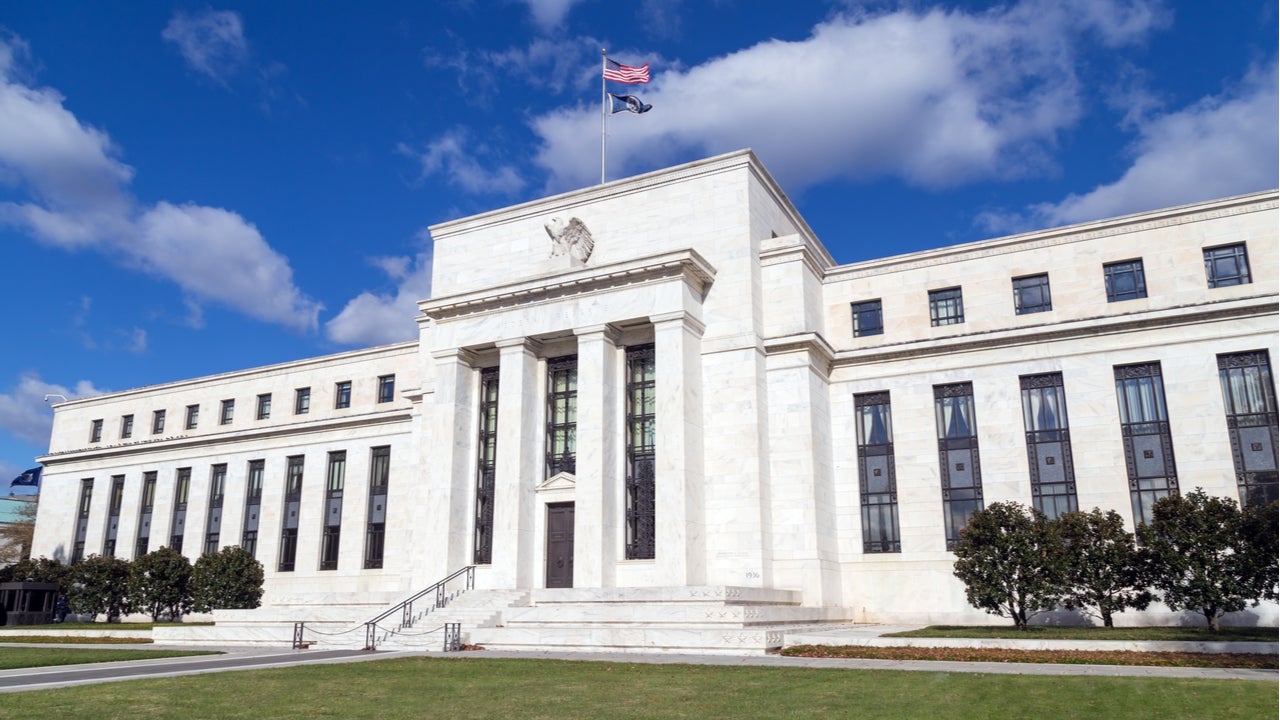Ask Bankrate: Questions about negative rates, financial planners and RMDs

Ask Bankrate is a recurring feature where Bankrate’s experts answer your financial questions. Visit this page for more information on how to submit your question. Click on a question here to jump straight to it.
Questions:
- What would negative rates mean for savings accounts?
- Can a bank freeze my HELOC at any time?
- Can you get a personal loan with no credit?
- I have no assets. Should I consider a CFP?
- Can I put my RMD back in my IRA?
Q1: What would negative rates mean for savings accounts?
How would negative interest rates impact savings accounts?
— Terry B.
Answered by James Royal, senior investing and wealth management reporter: “The U.S. is not likely to see the Fed move interest rates into negative territory, but even if it did, what would that mean for savings accounts? The rates paid on savings accounts would not dip into the negative. Instead, banks would lower rates to zero (or near zero) and then begin imposing fees for various services or perhaps a monthly fee for the account. Of course, banks already charge for the account by paying you a lower interest rate, so the cost is simply hidden. If interest rates can no longer offset this cost, then the cost must become explicit. Here’s how to minimize the impact of falling rates on savings accounts.”
Q2: Can a bank freeze my HELOC at any time?
During the recession, my bank froze my HELOC at the amount I owed and didn’t allow access to the entire amount. Years later, they allowed me to reapply to increase back to the original limit. Can a bank do that at any time?
— Bet C.
Answered by Natalie Campisi, senior mortgage reporter: “One reason the bank might have frozen your HELOC is because you lost equity in your home due to property values dropping. HELOC delinquencies spiked during the Great Recession, and property values sank as foreclosures rose. This caused many banks to freeze HELOCs. Today, this is not an issue as values have remained steady throughout most of the country. However, in some instances, lenders still may reserve the right to freeze HELOCs if there’s a drop in equity.
According to Regulation Z in the Federal Truth in Lending Act, lenders must abide by the contract they entered into with the borrower. If you’re interested in getting a HELOC, talk to your lender about what’s in the contract. You can also get a third party (attorney) to help you review the contract so you’re clear on your rights and the terms of the loan.”
Q3: Can you get a personal loan with no credit?
I have not been able to work and am now broke with rent, car and insurance due again. Is there any way to get a personal loan with no credit?
— Eric S.
Answered by Stephen Kates, CFP: “It is possible to get a personal loan with bad credit or no credit if you are in need of an emergency infusion of cash to cover your bills. In this circumstance, there are two main options for a loan when you have bad credit: secured and unsecured loans. While there are many companies offering loans, some might require securing your loan with collateral. To explore all of your options and compare companies, start your research with our guide on the best bad credit loans. Take care to understand all the various types of loans before moving forward.
If you are struggling with bills or debt, there are protections for rent and bill deferment under the COVID-19 CARES Act. While these options will not absolve you of paying rent or bills owed, it may give you some room to recover.”
Q4: I have no assets. Should I consider a CFP?
Should I consider a certified financial planner when I do not have assets? I’m seeking financial guidance on managing debt and reaching financial goals. Is there such a place to go to get that kind of help?
— Jessica C.
Answered by Greg McBride, CFA, Bankrate chief financial analyst: “A fee-only financial planner is one option. For example, you would pay an hourly rate for them to develop a financial plan or provide other financial guidance to you.
A lower-cost option, and particularly for advice on managing debt, would be a nonprofit credit counseling agency accredited by the National Foundation for Credit Counseling. They have skilled counselors that can provide advice on budgeting, debt management and debt repayment. This might fit the bill for you now and get you on a financial trajectory toward accumulating assets and needing more in-depth financial planning that a certified financial planner would offer. (Full disclosure: I serve on the board of directors for one of the nation’s largest nonprofit credit counseling agencies on a volunteer basis.)”
Q5: Can I put my RMD back in my IRA?
I took out my RMD in January. In March, they suspended the RMD for 2020. Can I put the money back in my IRA so I don’t have to pay taxes on it and can reinvest it?
— Spike D.
Answered by Stephen Kates, CFP: “Thank you for reaching out with your question, as this has been a hot topic among retirees. With all of the legislation this year, many people are confused about the rules.
Normally, money taken from a retirement plan — 401(k), 403(b), IRA, etc. — can be returned to a retirement plan within 60 days of receiving the distribution. However, as a part of a recent IRS notice just this week, the deadline for rolling distributions back into a retirement account was extended. While past rulings had only included some distributions during only a portion of the year, this notice clears that up. All ‘unwanted’ RMDs taken in 2020 will be eligible to be rolled back in, based on the later of 60 days after the distribution was received or Aug. 31. Additionally, these rollovers will not count as part of the ‘one rollover per year’ rule that applies to IRA 60-day rollovers. The IRS has stipulated that these will be exempted in this particular situation.
Given how new this notice is, I would suggest speaking to the institution where you would like to send the money back to and make sure that it will be received properly before you begin the rollover process.”



